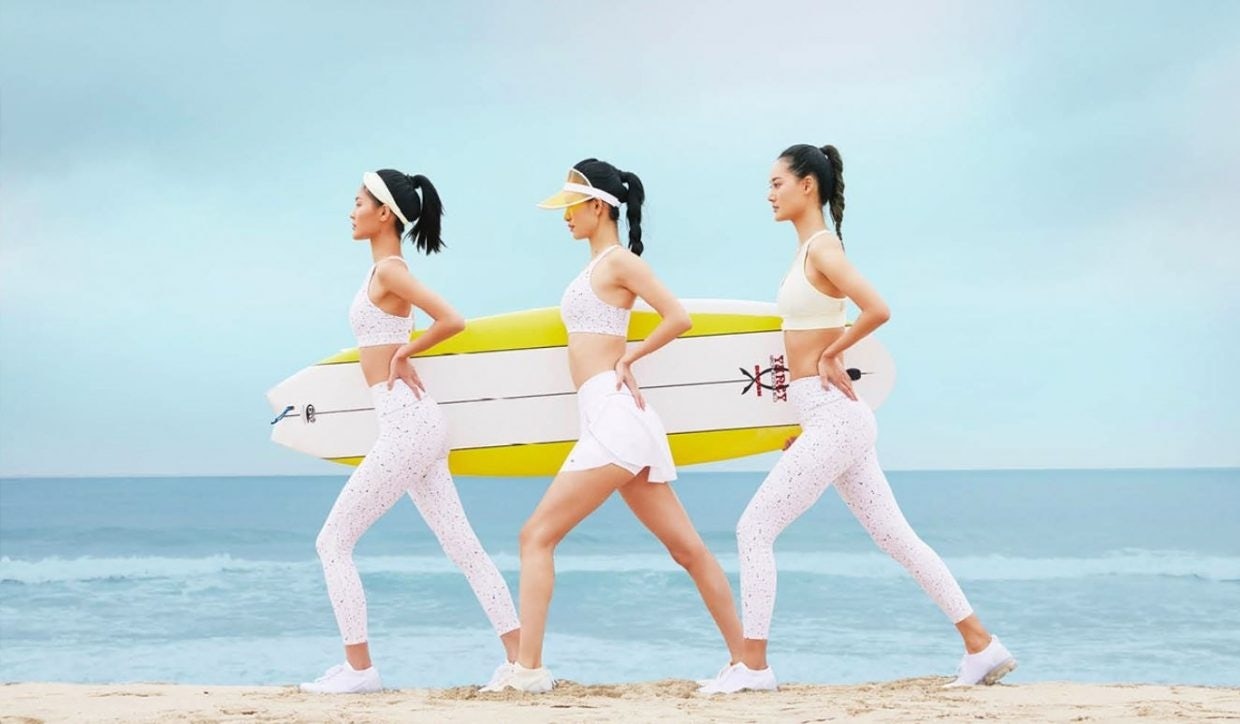With the China launch of Lab by Lululemon, we are witnessing a shift away from the traditional “no pain, no gain” approach in the activewear segment and towards a "body positivity” narrative.
Today, activewear is a crowded industry with many luxury and fashion brands jumping into the fray. But with some analysis, brands can discover an alternative narrative for their activewear to tell — one that should be more meaningful to Chinese women right now.
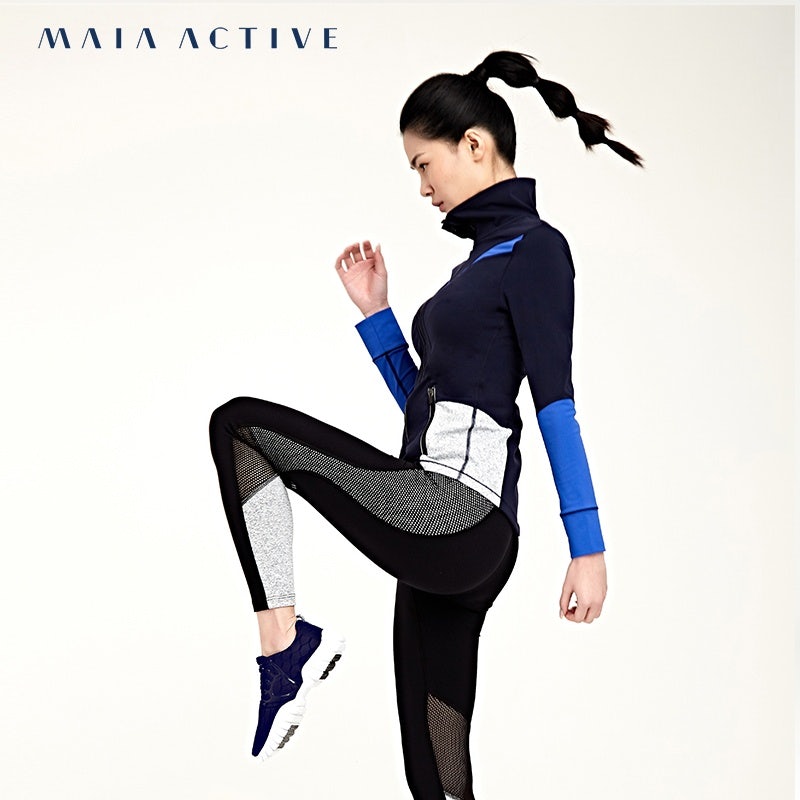
Persuasive Wellness#
Branding revolutions often happen during a crisis, and in 2020, wellness has dominated the narrative thus far by fitting in harmoniously with a lockdown lifestyle.
From airlines and banks to beauty, wellness has penetrated all consumer goods and services markets, and fashion is no exception. Wellness for airlines covers the ease of booking or changing tickets, while beauty has evolved from body inclusiveness to health-conscious and guilt-free products.
Active Life as a Tribe#
In a post-COVID-19 world, comfort isn’t enough. Brands have to find a balance between comfort, fashion, and performance. A recent study by the Hong Kong Trade Development Council conducted by Fung Business Intelligence offers a view on how Millennials and Gen Zers have distinctly different ideas about what health is in China.
Beyond their desire to make a positive impression on those around them via activewear, millennials also see themselves as influencers. They are 31 percent more likely to copy the clothes that others wear and their physical routines, while 50 percent of them say people come to them for advice on purchases.
For millennials, physical exercise isn’t just about health. It’s about socializing and accomplishing goals while being trendy and having fun. “I like to wear athleisure apparel because it’s comfortable,” said one younger millennial man from Wuhan. “I prefer loose-fitting clothing. My favorite brands are Nike and Adidas.” Meanwhile, a young female millennial from Shanghai added that she liked athleisure because it “is an important element in street fashion. It is largely sports-inspired.”
But a more mature millennial from Wuhan said that he “liked the convenience of athleisure. I can wear one outfit for the gym, the office, and after-work activities.”
While millennials crave sneakers, Gen Zers prefer tracksuits or sweatpants as a more comfy alternative. Instead of seeing workout clothing as a scruffy gym or home alternative to a consumer’s true style as past generations did, Gen Zers think of activewear as a high-end statement of wealth that also signals an active lifestyle.
Part of that is because Gen Zers do more for mental wellness than just reading books about it, the study says. Over 70 percent of Millennials responded by saying that they read books for emotional support, whereas Gen Zers responded more to meditation, socializing, and spirituality.
Across the wellness dimensions of spirituality, nutrition, socializing, and physical and environmental wellness, a third rate themselves as very healthy.
Health is the new wealth status#
Among leading KOLs, there are now three types of activewear routines that confirm consumer insights:
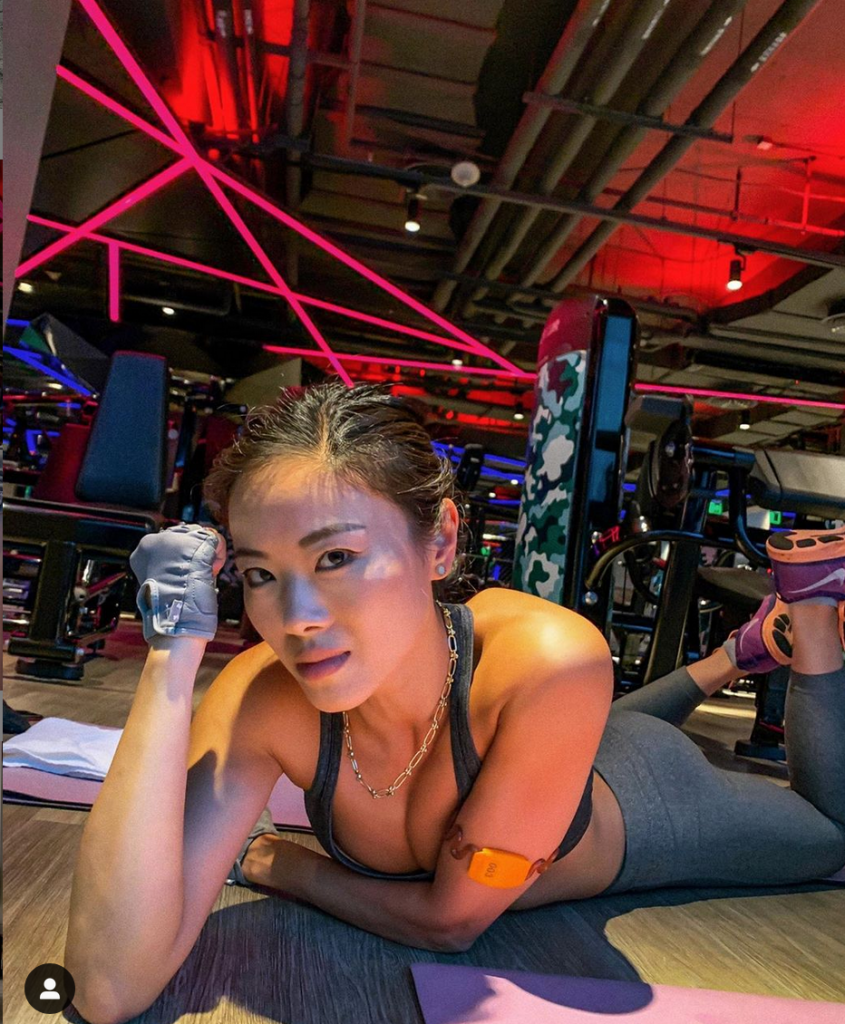
The ‘no pain, no gain’ norm#
A leading influencer in activewear, Shanghai-based Sammi GLX, who currently has 246,000 Instagram followers, got into the influencer game after becoming consumed by a stressful advertising career. “I was unhealthy,” she said. “I fell out of shape and suffered from gastrointestinal pain. I also suffered from insomnia for almost two years, so I felt unhappy and depressed. After going through all of that, I decided to take a break from my busy work and social schedule. I picked up my regular workout routines and committed to a healthy diet.”
As you can see, Sammi has adopted a no pain, no gain attitude toward health as a way to help her with her struggles.
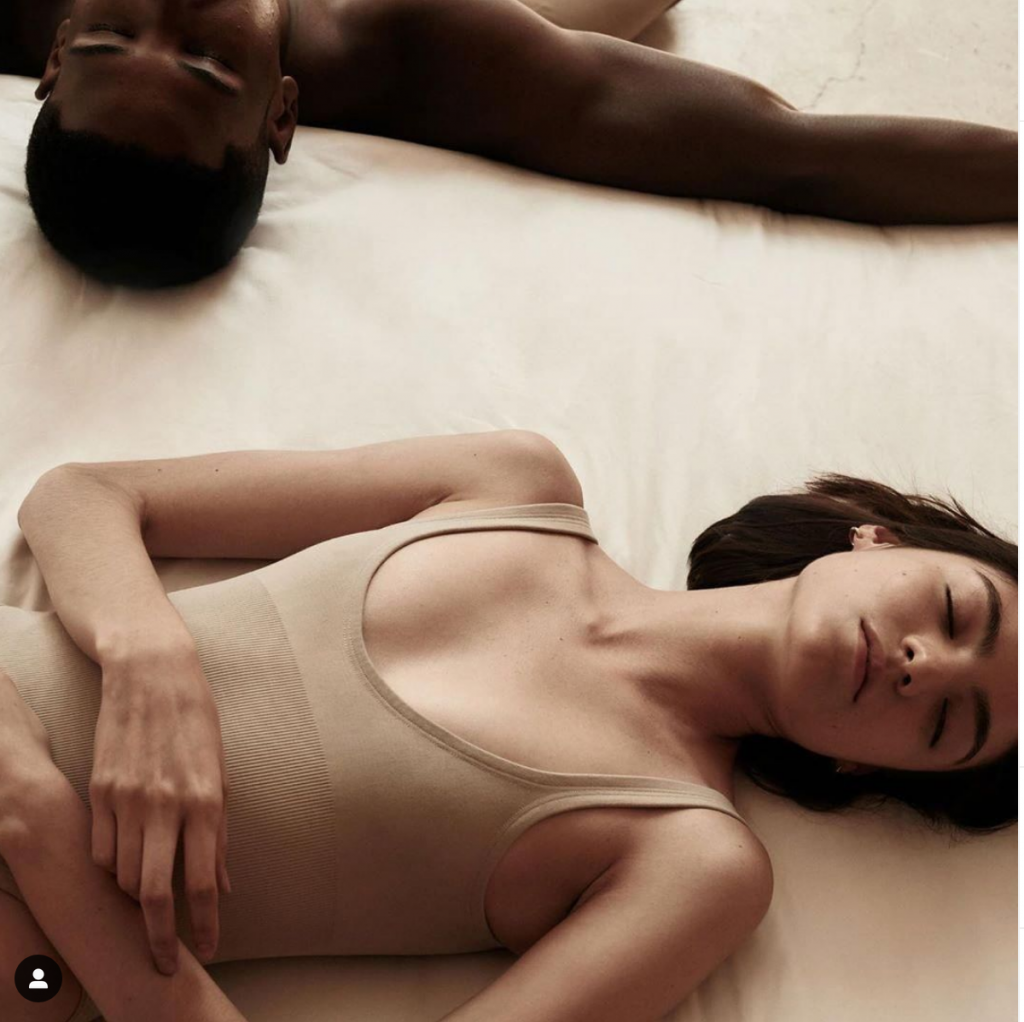
Body Positivity is growing#
The popular fitness influencer duo Giselle & Weiya also got their start after noticing they had unhealthy relationships with beauty and losing weight. “Like a lot of Asian girls, we wanted to be super skinny and tried every way to achieve this, including a super strict diet and supplements,” said Weiya. “Giselle started to get a quite serious binge eating disorder in college in Canada, but in fighting it, she realized how to accept who she is and make peace with herself.”
Through body-positivity, the duo advocates for holistic wellness, which resonates with Chinese because of similar cultural traditions that call for balance and harmony.
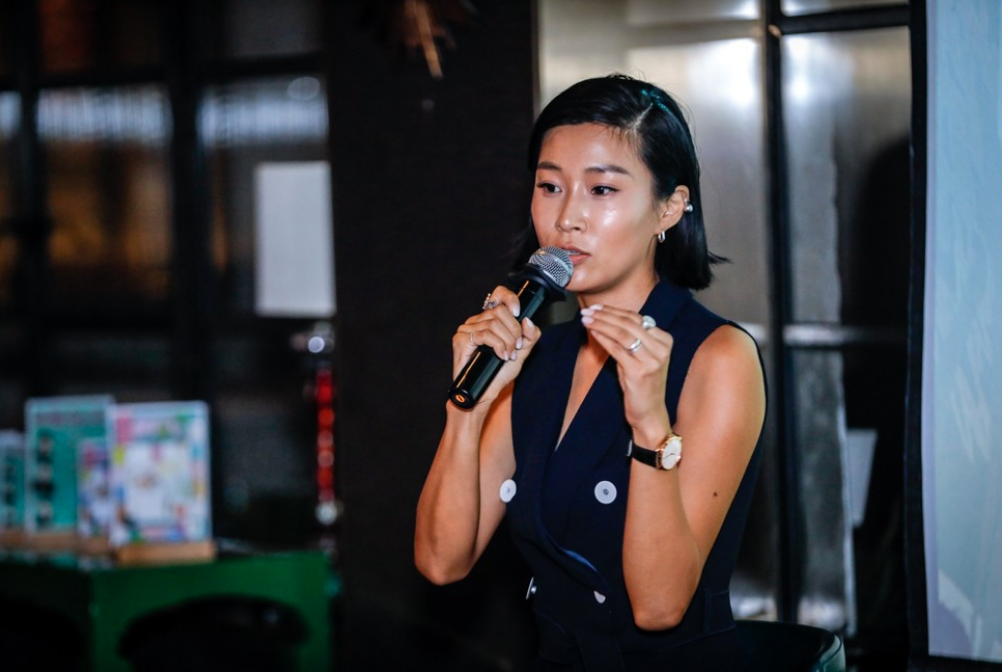
What is the new territory?#
We’re finally witnessing a third type of activewear routine that has yet to be explored by brands thus far. The trend was explained recently by the influencer known as “Sporty Bitch,” who is renowned for her edgy and radical routine. “I wanted to bring a real, first-person account of the challenges behind losing weight, keeping fit, and eating well while telling the truth about what I found,” she said. “My followers prefer my posts when they are at their most sarcastic and brutal... from a real woman’s perspective.” With her “real talk,” she’s attracted urban and streetwear brands that want to collaborate with her, which has led to a completely new activewear category.
After the millennial focus on performance (Sammi GLX) and the holistic focus on balance (Giselle & Weyia), a new focus on realism (Sporty Bitch) has burst onto the activewear scene. For marketers to better understand this phenomenon, they should approach their category analysis through the lens of brand archetypes.
Revealing your Archetype#
Margaret Mark and Carol Pearson’s seminal book, The Hero and the Outlaw: Building Extraordinary Brands Through the Power of Archetypes, reveals how brands have fundamental roots in the classical stories that echo deep within our psyche. From Carl Jung’s famed archetypes, Mark reveals 12 brand archetypes for navigating category narratives and positioning your brand within the consumer’s heart.
Among the 12 archetypes, the activewear category tends to focus on two fundamental archetypes in branding while leaving one unexplored.
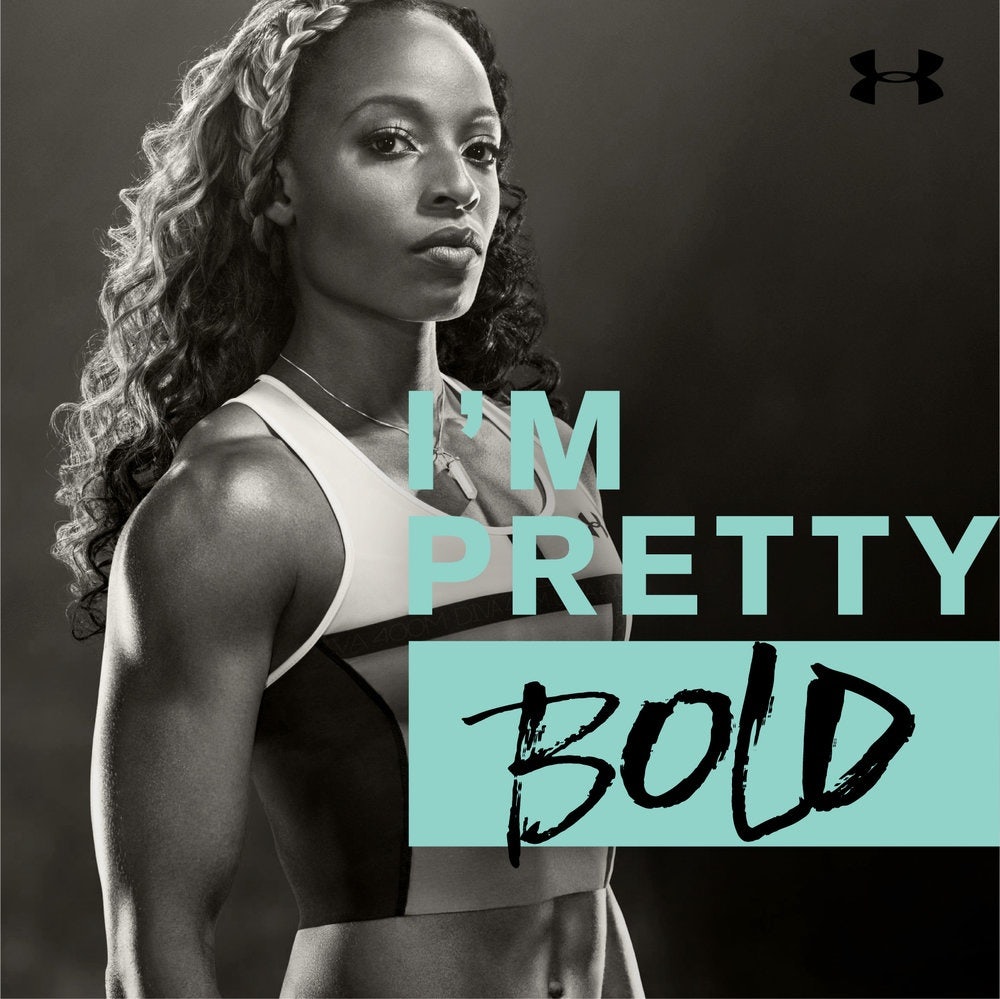
Support Your Sport — activewear is dominated by#
“hero” narratives#
Victoria Sport’s campaign Train like an Angel uses the same squad of models from Victoria’s Secret ads, but here they aren’t brandishing their come-hither looks. Instead, they’re pulling their hair back and getting to work: showcasing their workout moves and fitness routines. These women have plenty to say about bras, and none of it is about how attractive they look. That’s because Victoria Sport, with its VSX-branded line of workout leggings and bra tops, is all about fit, support, and performance.
Nike Women’s BraHauss is an upscale pop-up where bra fittings and other personal wellness engagements make women feel confident and sexy. Its strategy didn’t disappoint, as it filled over 300 bra fittings in six days.
Lastly, Under Armour’s two best-sellers, Infinity and Rush, are backed by the “IMPRETTY” campaign, which challenges the notion that women must be pretty to feel good.
Deep within the hero archetype is a desire to prove one’s worth through courageous and difficult actions, believing that where there’s a will, there's a way.
The hero archetype, as it applies to activewear brands, gives off a strong product identity, and it works well for best-sellers. Here, sexiness is empowering, and its “get in shape” messaging reinforces strength.
Comfort Pride — the alternative leisurewear category#
Many alternatives tend to focus on either comfort or body-positivity messages to try and compete with hero brands.
Outdoor Voices created the Doing Things Bra as a versatile outfit. One consumer said “I wear OV bras every day. I am a 34-D and bought a medium. The cups fit, but the band is a little loose.”
Chinese brand Regina Miracle’s retail design puts the focus on comfort and versatility for consumers. Calling it Second Skin, “the retail space returns to the products themselves, deciphers the inherent qualities and spatial translations. The tailored environment not only enriches the lingerie shopping experience, but also conveys the brand’s ideals on innovation, lightness, and comfort to their modern clientele.”
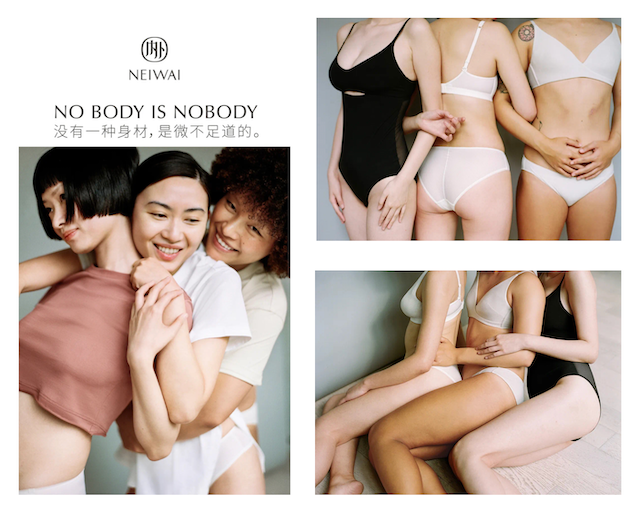
Chinese brand NeiWai, is a body-positivity pioneer in China and has gained popularity by advocating for a trusted sense of comfort. Their campaign No Body is Nobody has been successful in advocating self-care with both Gen Zers and millennials.
More brands have begun exploring this archetype, which is all about feeling free, but the trap is that it has the potential to become boring.
Activewear that relies on this archetype, which is sometimes referred to as a Caretaker archetype, helped invent the latest leisurewear category. Its “be natural” and “accept it” messages strongly resonate with Gen-Z consumers, and its products deliver on quality fabrics and shapes.
A touch of the avant-garde — influenced by designerwear, “the outlaw” is a blue ocean#
As seen in influencer Sporty Bitch’s recent rise to fame and the success of Lululemon’s new Lab, designerwear is proving to be the secret ingredient in winning activewear strategies. But don’t mistakenly think this is a just logo or style issue because successful brands are parlaying a deeper message.
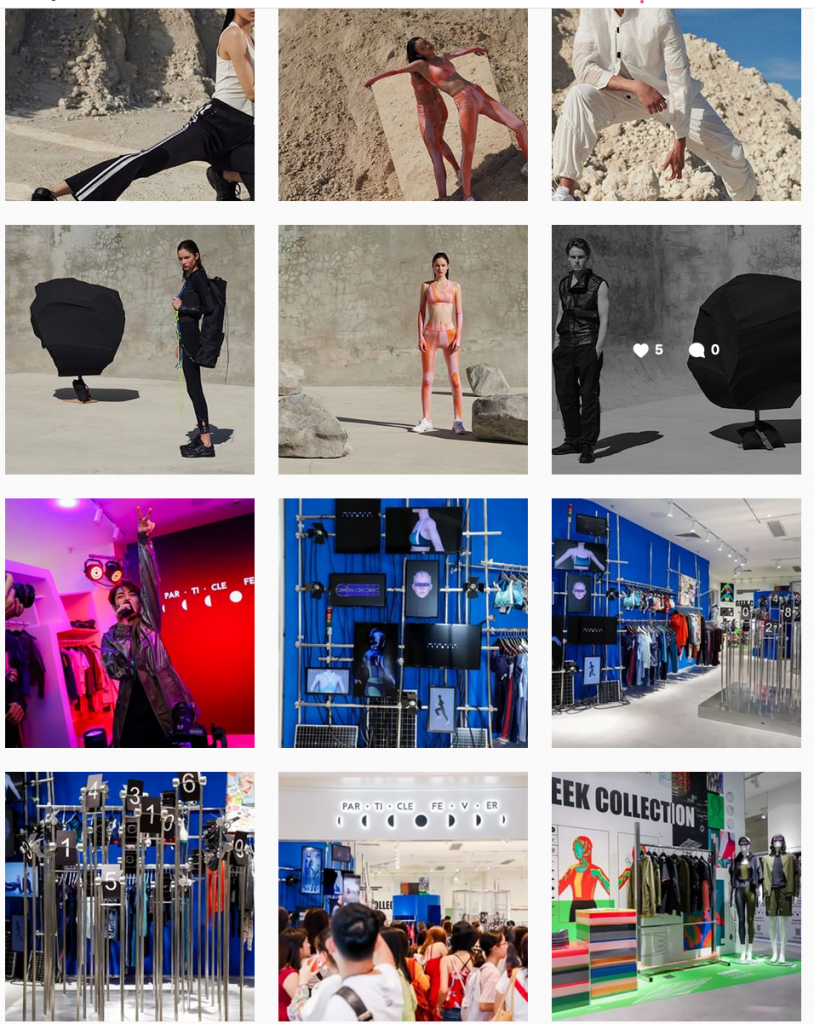
Particle Fever is the leading and most-discussed activewear brand in China. It has tapped into a blue ocean with the avant-garde tribe, thanks to personalized and stylish activewear.
The brand places itself at the intersection of technology, art, and fashion by offering high-end sportswear. As such, Particle Fever has been enjoying the success of China’s growing athleisure trend. Thus far, the brand has been stocked at Lane Crawford and the label’s flagship boutique in Shanghai, and it will open the doors to its first Beijing store this week.
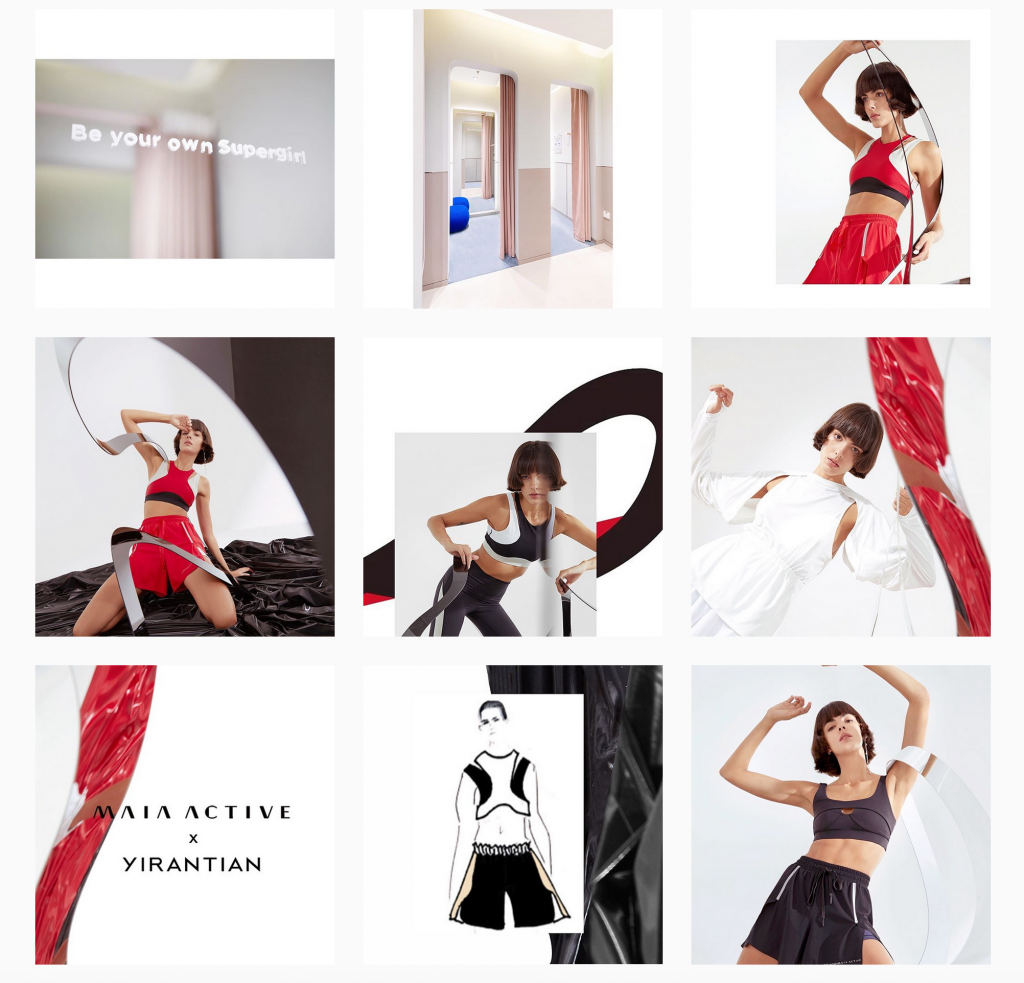
Maia Active is also leading this narrative with wellness-focus designer wear that is all about “Asian Fitting.” What it offers is a high-profile, aesthetic attitude, where body perception comes from the pursuit of the ultimate technological process.

Hero activewear brand Adidas understood that perfectly with its Stella McCartney collection, which equips female athletes with animal-inspired pieces for any type of weather. The McCartney brand also reminds us that everyone can do their part in protecting the world around them. Taking this pledge to the next level, the Adidas brand expanded this attitude with its LESS IMPACT = MORE POWER campaign, which features its new global ambassador, Ming Xi.
Its edgy avant-gardism reveals the outlaw archetype as a viable alternative in activewear — one best portrayed by Sporty Bitch’s independent and realist mindset. So far, it remains relatively untapped by activewear brands.
Tanguy Laurent is Managing Partner of Creative Capital, Altavia Group Leading US Chinese retail branding agency. Follow him for more insights on Linkedin.
